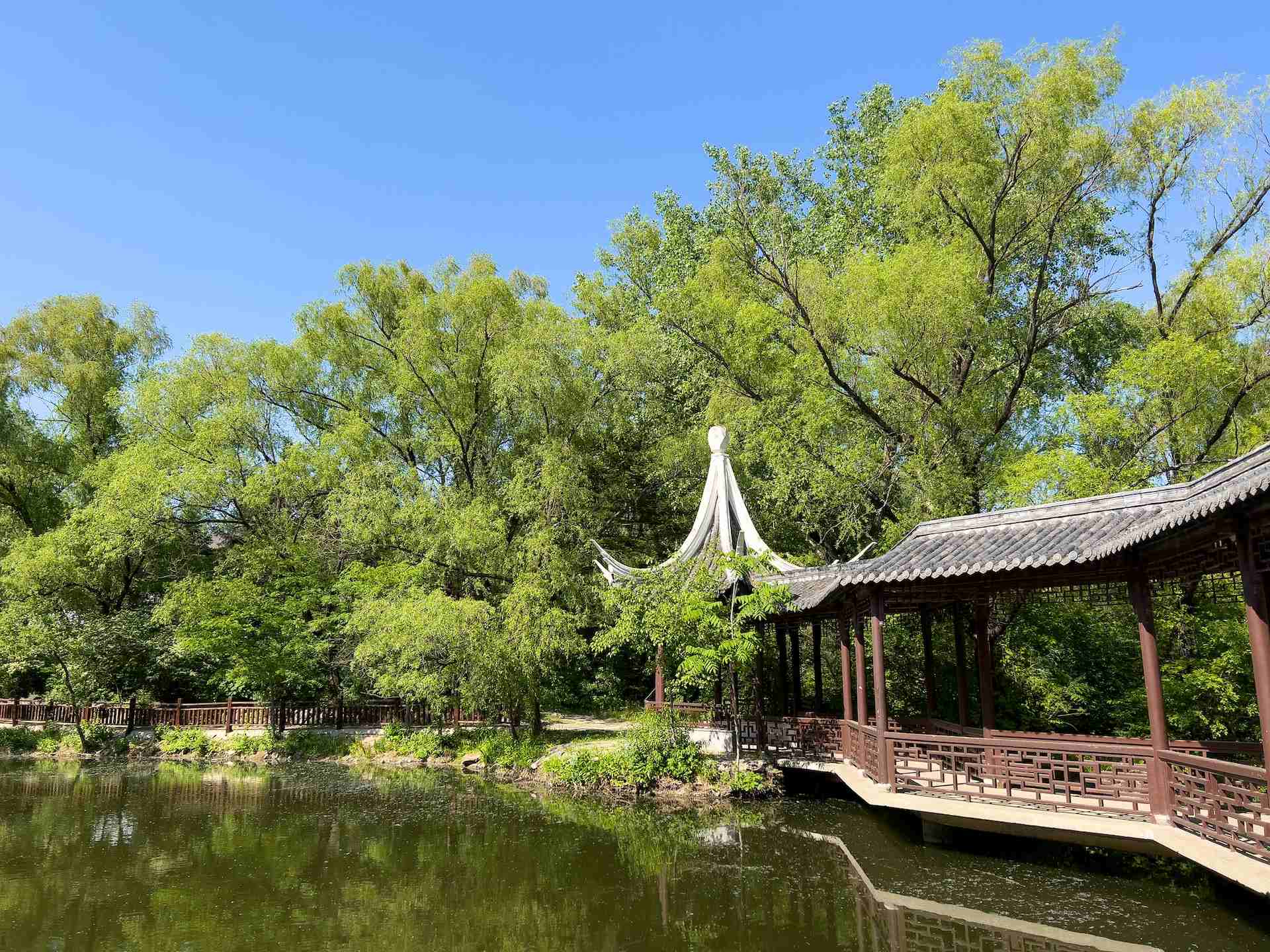Champasak museums are a great way to learn about the rich history and culture of this region of Laos. There are several popular museums in Champasak that are worth visiting, each with its own unique collection of art and artifacts. In this article, we will take a closer look at some of the most popular museums in Champasak, providing as much information as possible about each one.
Champasak Cultural Center
The Champasak Cultural Center is one of the most popular museums in Champasak, and for good reason. This museum is dedicated to preserving and showcasing the rich cultural heritage of the region. The museum features a wide range of art and artifacts, including traditional textiles, ceramics, and religious objects.
One of the highlights of the Champasak Cultural Center is its collection of traditional textiles, which includes handwoven silk and cotton textiles that were once used by the local people. The museum also has a collection of ceramics, including traditional Lao pottery, which was used for both practical and ceremonial purposes.
In addition to its permanent collection, the Champasak Cultural Center also hosts a number of special exhibitions throughout the year. These exhibitions showcase the work of local artists and artisans, and provide visitors with an opportunity to learn more about the art and culture of the region.
Guided tours:
The Champasak Cultural Center offers guided tours in English, which are a great way to learn more about the history and culture of the region. These tours provide visitors with an in-depth look at the museum’s collections, and are led by knowledgeable guides who can answer any questions visitors may have.
Wat Phou Temple Museum
Another popular museum in Champasak is the Wat Phou Temple Museum. This museum is dedicated to the history and culture of the ancient Khmer empire, which once controlled much of Southeast Asia, including parts of present-day Laos.
The museum features a wide range of artifacts and art from the Khmer empire, including stone carvings, pottery, and other relics. Visitors can also learn about the history of Wat Phou, one of the most important temples of the Khmer empire, which is located just a short distance from the museum.
One of the highlights of the Wat Phou Temple Museum is its collection of stone carvings, which date back to the 11th century. These carvings depict scenes from Hindu mythology, and are considered to be some of the finest examples of Khmer art.
Guided tours:
The Wat Phou Temple Museum also offers guided tours in English, which provide visitors with an in-depth look at the museum’s collections, and the history and culture of the ancient Khmer empire. These tours are led by knowledgeable guides who can answer any questions visitors may have.
Champasak Regional Museum
The Champasak Regional Museum is another popular museum in Champasak, and is dedicated to preserving and showcasing the rich cultural heritage of the region. The museum features a wide range of art and artifacts, including traditional textiles, ceramics, and religious objects.
One of the highlights of the Champasak Regional Museum is its collection of traditional textiles, which includes handwoven silk and cotton textiles that were once used by the local people. The museum also has a collection of ceramics, including traditional Lao pottery, which was used for both practical and ceremonial purposes.
In addition to its permanent collection, the Champasasak Regional Museum also hosts a number of special exhibitions throughout the year. These exhibitions showcase the work of local artists and artisans, and provide visitors with an opportunity to learn more about the art and culture of the region.
Guided tours:
The Champasak Regional Museum offers guided tours in English, which are a great way to learn more about the history and culture of the region. These tours provide visitors with an in-depth look at the museum’s collections, and are led by knowledgeable guides who can answer any questions visitors may have.
Ban Done Khone Museum
The Ban Done Khone Museum is a popular museum located in the small village of Done Khone, which is known for its historical significance. The museum is dedicated to preserving the history and culture of the village, and the surrounding area. The museum features a wide range of art and artifacts, including traditional textiles, ceramics, and religious objects.
One of the highlights of the Ban Done Khone Museum is its collection of traditional textiles, which includes handwoven silk and cotton textiles that were once used by the local people. The museum also has a collection of ceramics, including traditional Lao pottery, which was used for both practical and ceremonial purposes.
The Ban Done Khone Museum also has a collection of photographs and other historical materials that provide visitors with a glimpse into the village’s past.
Guided tours:
The Ban Done Khone Museum also offers guided tours in English, which provide visitors with an in-depth look at the museum’s collections, and the history and culture of the village and the surrounding area. These tours are led by knowledgeable guides who can answer any questions visitors may have.
In conclusion, these four museums are a great way to learn about the rich history and culture of Champasak and the surrounding region. Each museum has its own unique collection of art and artifacts, special exhibitions and guided tours that will help you to gain a deeper understanding of the region’s past and present. Whether you’re a history buff, art lover, or simply looking to learn more about the culture and customs of Laos, these museums are definitely worth visiting.



